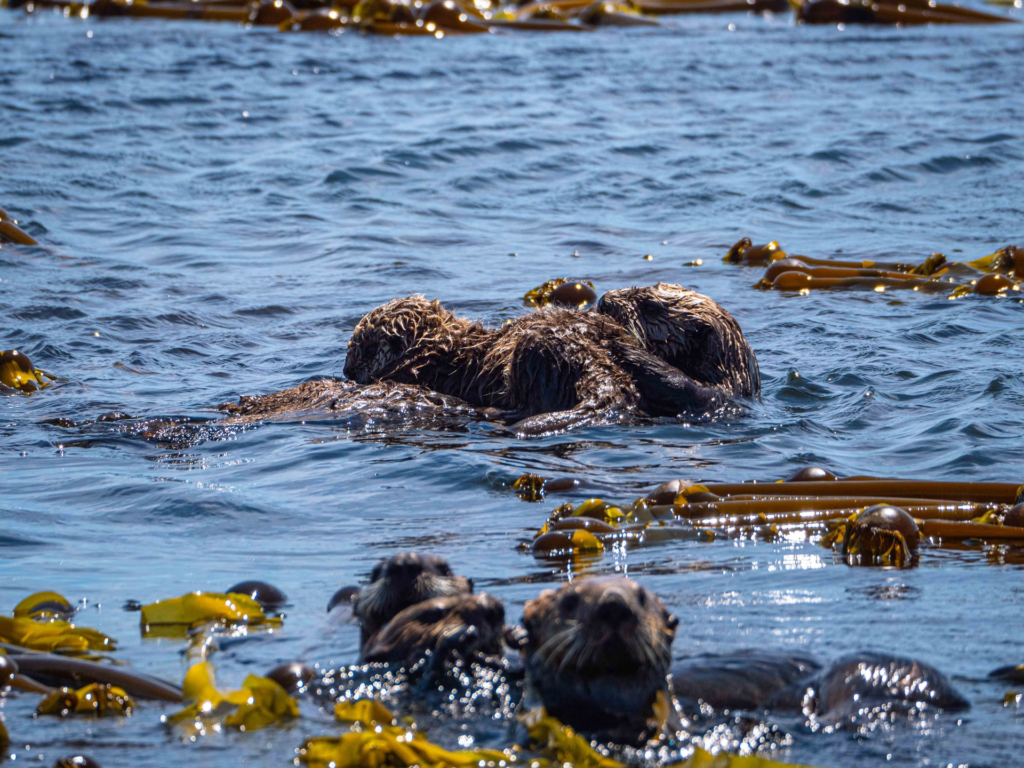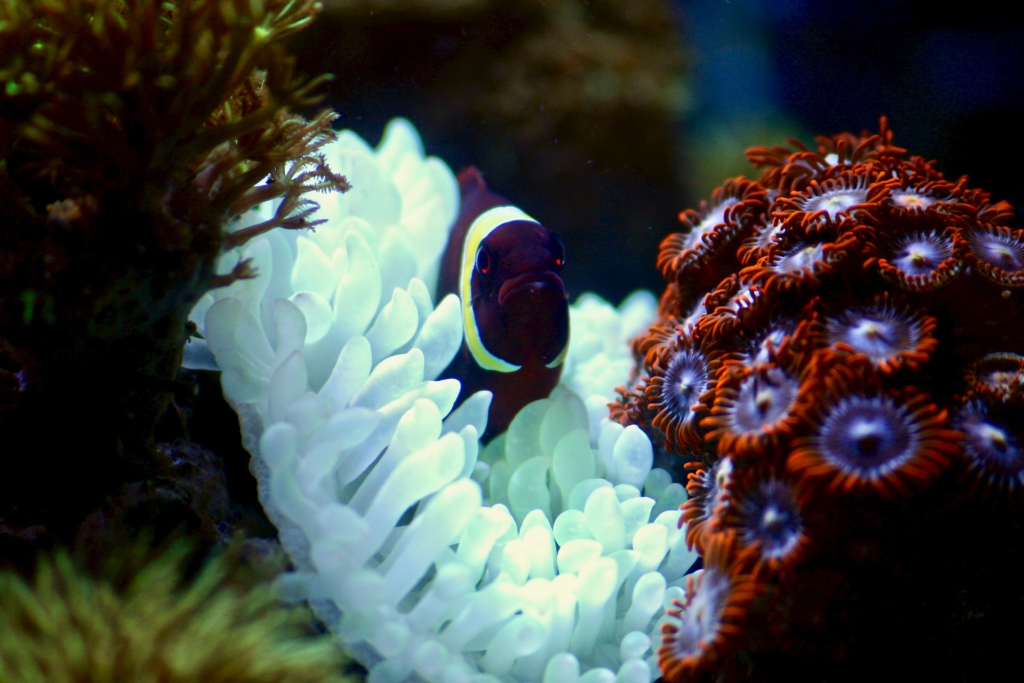(par 4.2.5) Marine ecology

http://www.waterencyclopedia.com/Da-En/Ecology-Marine.html Marine ecology describes the interactions of marine species with their biotic (living) and abiotic (nonliving) environments. The biotic environment includes interactions with other living organisms. The abiotic environment includes aspects of the physical habitat , such as water temperature, chemical composition, depth, and current. Trophic Levels and Biomass Pyramids The word “trophic” refers to feeding, and “trophic levels” […]
(par 4.2.6) Coral reefs

http://www.waterencyclopedia.com/Ce-Cr/Corals-and-Coral-Reefs.html A coral reef is a structure in the sea constructed by coral skeletons and limestone debris that remains in place after the plant or animal dies. The structure is geological, the communities include plants and animals, and they are controlled by meteorological and oceanographic conditions. Distribution and Roles of Coral Reefs Coral reefs include shallow-water tropical reefs, such […]
(par 4.2.5) Aquatic ecosystem – Marine

http://en.wikipedia.org/wiki/Aquatic_ecosystem From Wikipedia, the free encyclopedia An estuary mouth and coastal waters, part of an aquatic ecosystem An aquatic ecosystem is an ecosystem in a body of water. Communities of organisms that are dependent on each other and on their environment live in aquatic ecosystems. The two main types of aquatic ecosystems are marine ecosystems and freshwater ecosystems.[1] Contents 1 Types 1.1 Marine 2 Functions 3 Abiotic characteristics 4 Biotic characteristics 4.1 Autotrophic organisms 4.2 Heterotrophic […]
